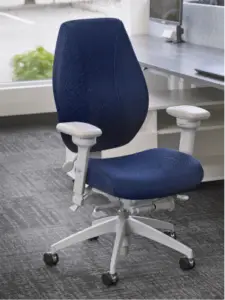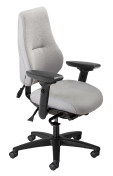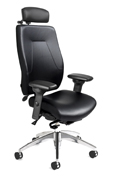Ergonomics: How To Increase Productivity And Lower Costs
Publication: Safety & Security (Media Planet)
May 2015
Walk into an office today and you might be startled by the variety and sophistication of accessories—contoured keyboard trays, standing desks and personalized chairs.
Long gone are the days of the cookie cutter, one-size-fits-all approach to workstations. Instead, employers are increasingly seeing the advantages of ergonomic office spaces, and not just for its health benefits.
Productivity
The connection between prolonged sitting and bad health is fairly well-understood—most Canadians sit for an average of nearly 10 hours per day, eclipsing even the 8 hours they spend sleeping. This contributes to a sedentary lifestyle, which puts Canadians at a higher risk of heart disease, diabetes, cancer and death. Not to mention musculoskeletal disorders (MSDs) and other aches and pains.
“Typically when businesses hear about ergonomics, the focus tends to be on health.”
What’s less understood is the connection between physical discomfort and productivity.
“It’s unfortunate that it’s an area that tends to be overlooked in ergonomics,” says Trevor King, a Canadian Certified Professional Ergonomist (CCPE) and Knowledge Transfer Associate at the Institute for Work & Health. “Typically when businesses hear about ergonomics, the focus tends to be on health. And while it’s definitely one of our goals to reduce or prevent injuries, ergonomics can really play a valuable role in creating more efficient systems, optimizing systems to yield better quality and efficiencies in the workplace.”
It’s actually a fairly simple concept: When employees are in pain, they focus on those aches, not their work. The greater the pain, the more productivity plummets.
Cost-efficiency
In addition, there is also a financial dimension to the ergonomics question that often gets overlooked. Terry Cassaday, CEO of ergoCentric Seating Systems, a Mississauga-based manufacturer of ergonomic seating systems, says “While the costs associated with items like ergonomic chairs and workstations are often cited as a barrier to implementation, the reality is it results in healthier and more productive employees, one of the best investments an employer can make.”
“Task chairs affect productivity in the same way computer systems do and deserve the same kind of cost-benefit analysis. We estimate that an employee has to produce only one more minute of work per day to justify purchasing the optimal chair,” says Cassaday.








